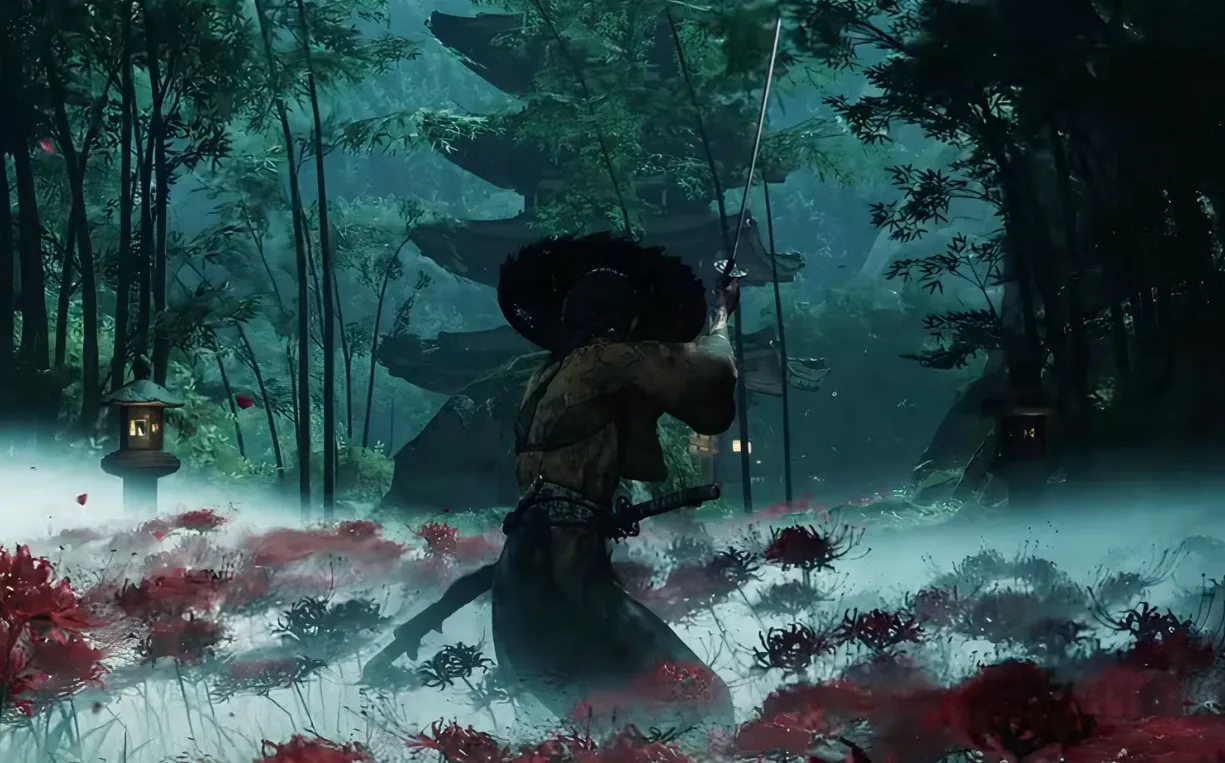Watanabe Mode in Ghost of Yotei is exactly what it sounds like: an optional preset that swaps the game’s soundtrack for a set of original lo‑fi hip‑hop tracks directed by Cowboy Bebop and Samurai Champloo creator Shinichirō Watanabe. It’s a vibes-first toggle meant for wandering, riding, and taking in the scenery — without changing how the game plays.
Watanabe Mode basics
At a high level, Watanabe Mode:
- Replaces the default music with original lo‑fi tracks directed by Shinichirō Watanabe.
- Is an optional presentation setting that you can turn on or off from the in‑game menus.
- Does not alter combat systems, difficulty, character stats, mission flow, or progression.
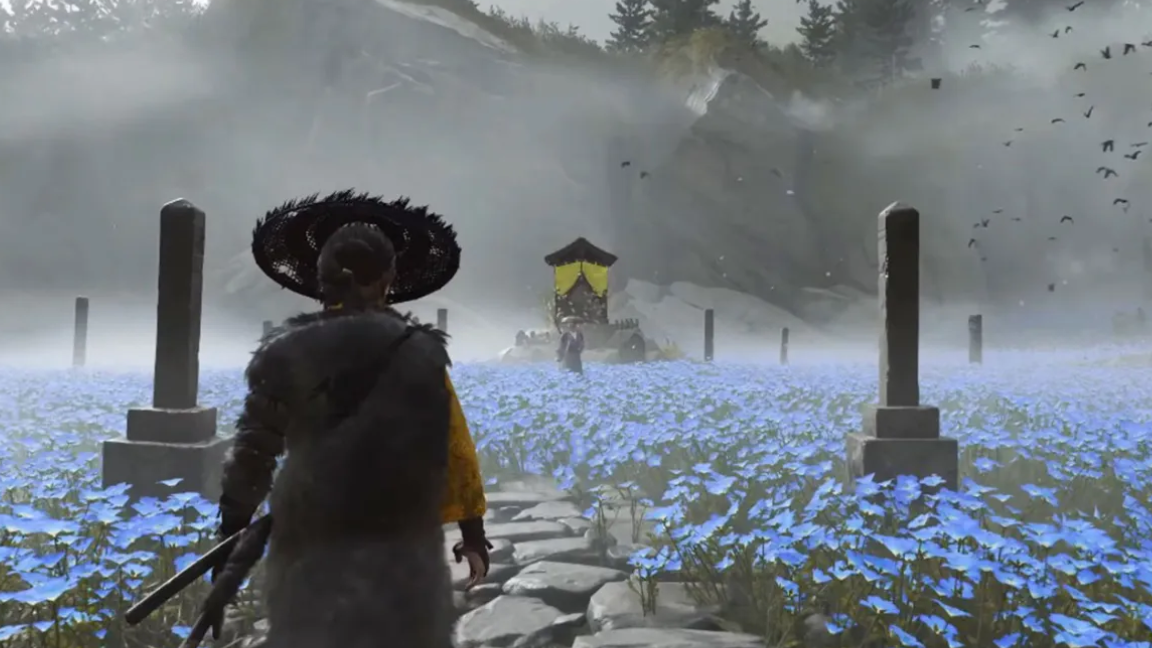
The result is a calmer, more contemporary musical backdrop layered over a period samurai world. The friction is intentional: Watanabe’s work is known for juxtaposing anachronistic music with historical or futuristic settings to create a distinct mood. Here, that ethos is distilled to the soundtrack alone.
What changes on screen (and what doesn’t)
This mode is audio-only. The camera, color grading, particle effects, animations, and UI remain the same as the standard presentation. Enemy behavior, timing windows, and damage values are unchanged. You still play the same encounters and explore the same open world; you’re just doing it to a different beat.
In practice, that makes Watanabe Mode feel best suited to traversal and downtime — riding through fields, hiking up to a shrine, soaking in a hot spring — but it carries into combat as well. If you want the default combat tension back for boss fights, you’ll need to toggle the mode off manually.
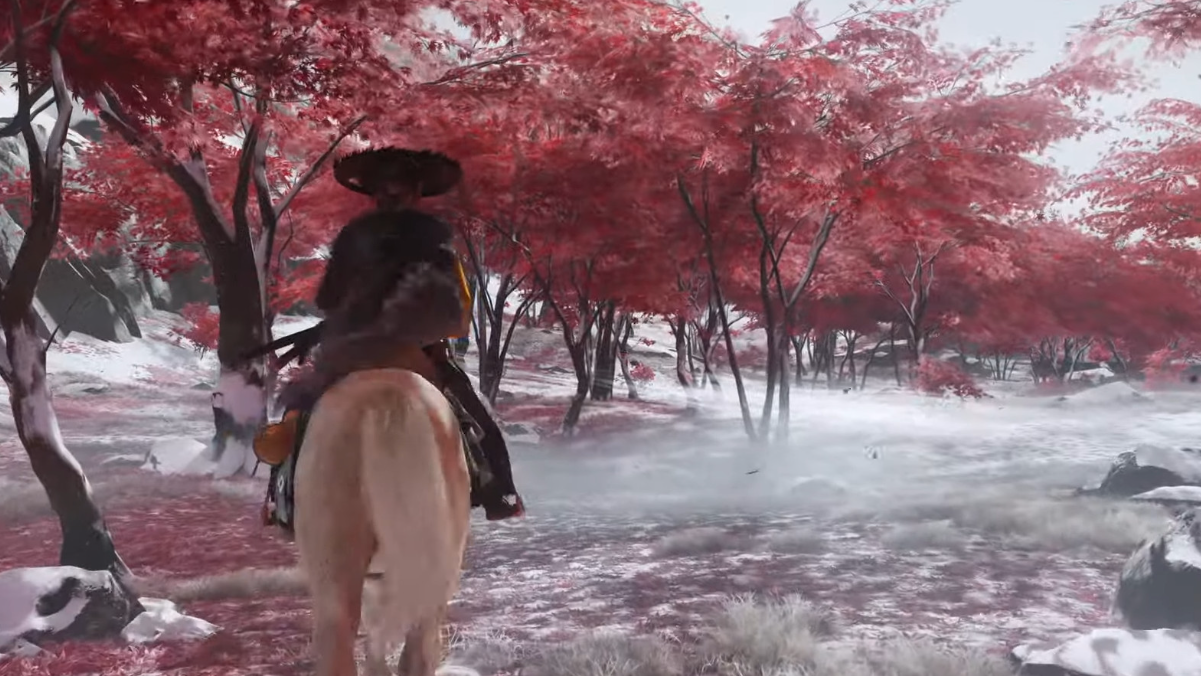
How it fits alongside Kurosawa and Miike modes
Ghost of Yotei offers three director‑inspired presets. They don’t all do the same thing, and they don’t target the same senses. Here’s how they differ at a glance:
| Mode | Primary change | Where you notice it | Notes |
|---|---|---|---|
| Watanabe Mode | Swaps in original lo‑fi hip‑hop tracks directed by Shinichirō Watanabe | Exploration and general play (audio) | No gameplay or visual changes |
| Kurosawa Mode | Black‑and‑white image with film grain and an old‑movie audio filter | Entire presentation (visuals + audio feel) | Homage to classic samurai cinema |
| Miike Mode | Closer framing with heavier blood and mud effects | Combat presentation (visuals) | Aim is a grittier, more visceral look |
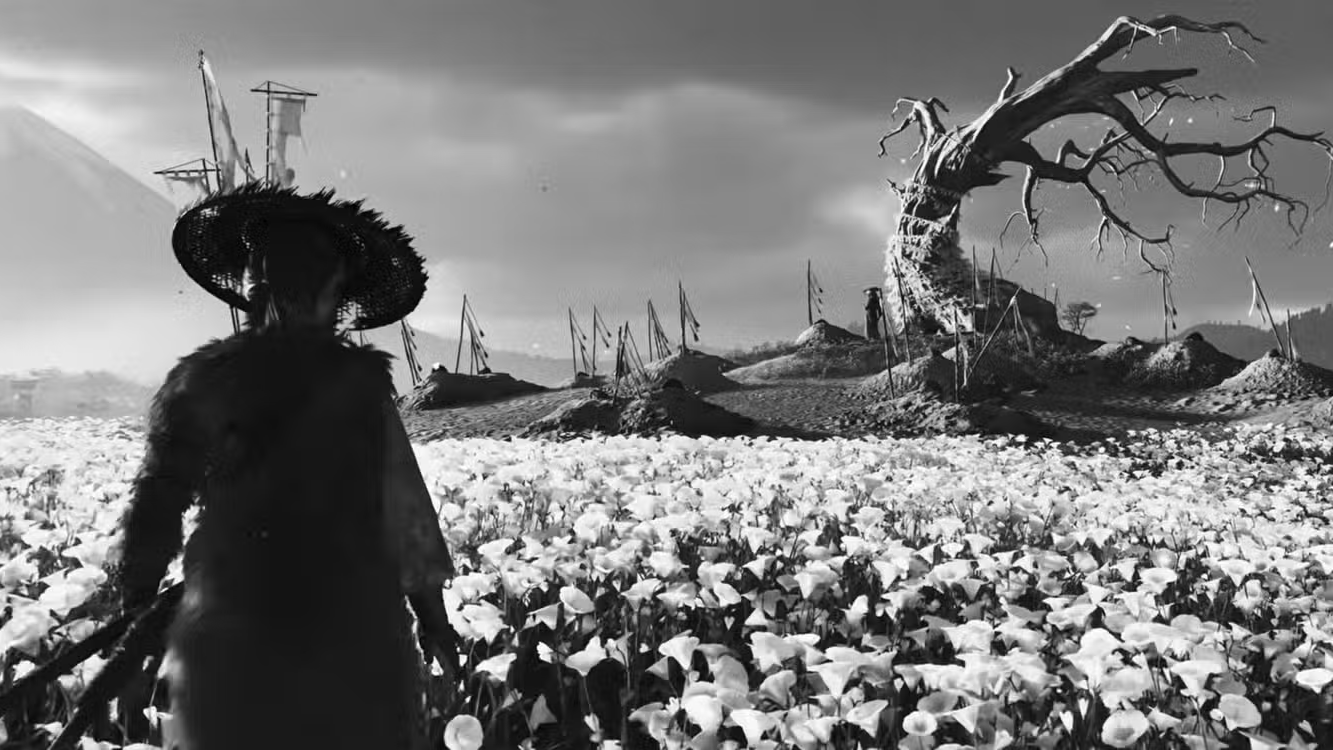
These are cosmetic and stylistic, not difficulty modifiers. Whether they can be stacked in every combination isn’t formally detailed in‑game materials; expect to toggle them individually and experiment.
What Watanabe Mode is not
- It is not Samurai Champloo’s soundtrack. The tracks here are original pieces created for Ghost of Yotei.
- It does not recreate Watanabe’s full directorial language. Editing rhythms, shot composition, narrative structure, and genre mash‑ups aren’t something a music swap can deliver.
- It doesn’t touch balance or AI. If you struggled with a duel before, you’ll struggle with it here — it will just sound different.
Set expectations accordingly: this mode captures a slice of a signature style — anachronistic, chill beats laid over a samurai tale — and leaves the rest of the game intact.
When to turn it on
Use Watanabe Mode when you want to lean into Ghost of Yotei’s quieter side: long rides between villages, late‑night photo hunts, or side‑quest stretches where you’re scanning the horizon rather than counting frames. If you prefer a traditional score during set‑piece fights, keep the toggle handy and switch as you go.
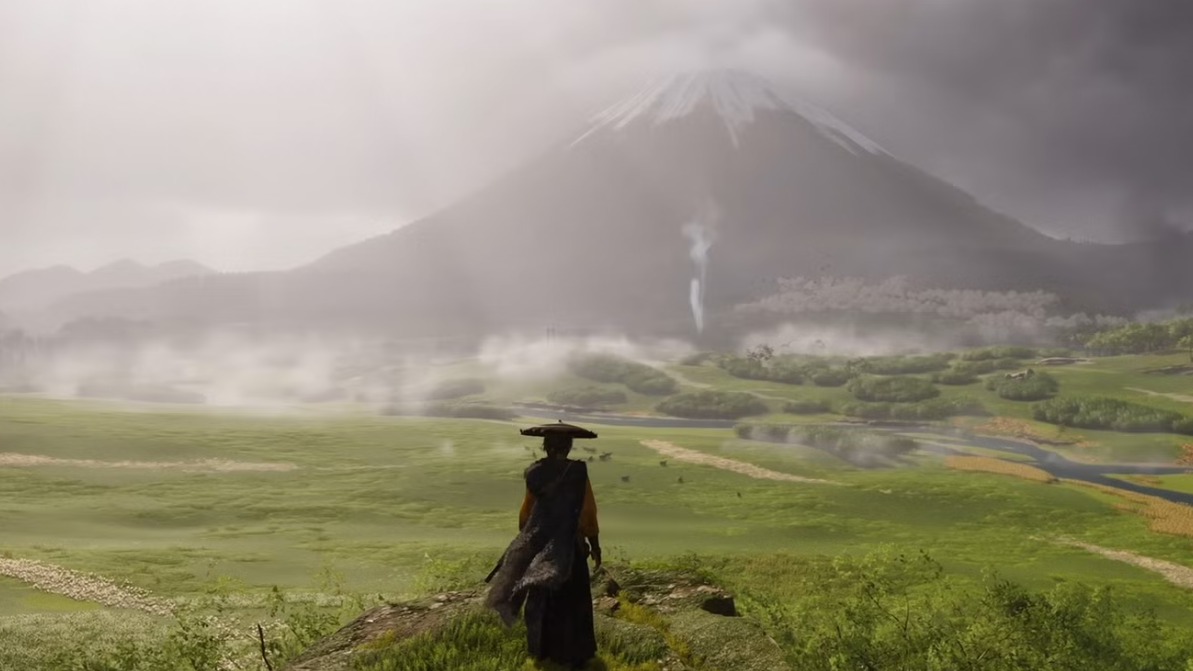
Quick answers
- Does it change difficulty? No.
- Is it optional? Yes — it’s a menu toggle.
- Can it be combined with the other modes? The game presents these as separate presets; behavior can vary by context, so try your preferred order of toggles and see what sticks.
- Who is Watanabe in the story context? He isn’t a character. His role is behind the scenes, directing the music set used by this mode. The protagonist you’re following is Atsu.
The takeaway is simple. If you want Ghost of Yotei to feel a little more like an evening walk with headphones on, Watanabe Mode earns its place as an easy, reversible switch. It won’t turn the game into Samurai Champloo, and it doesn’t try to — it gives Atsu’s journey a different pulse, nothing more and nothing less.

